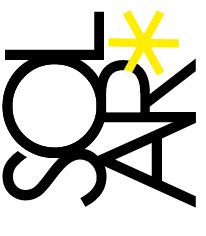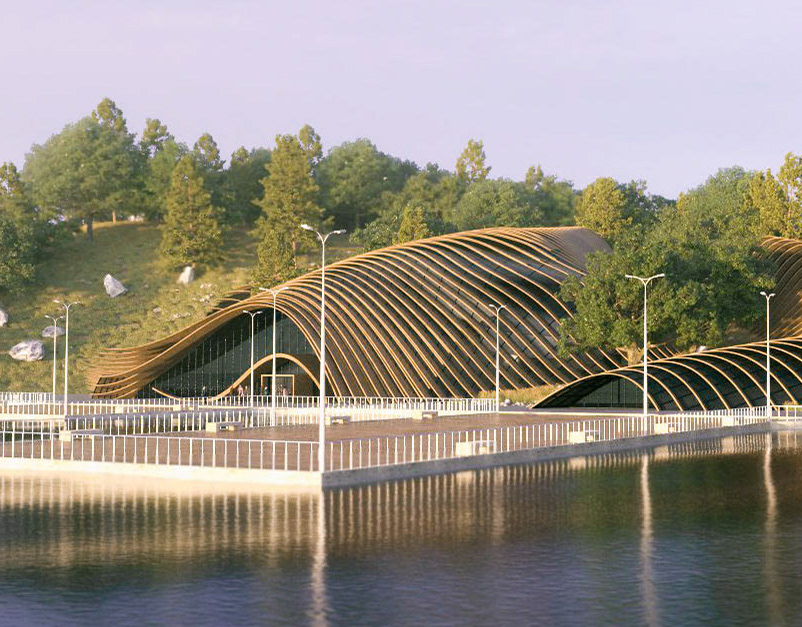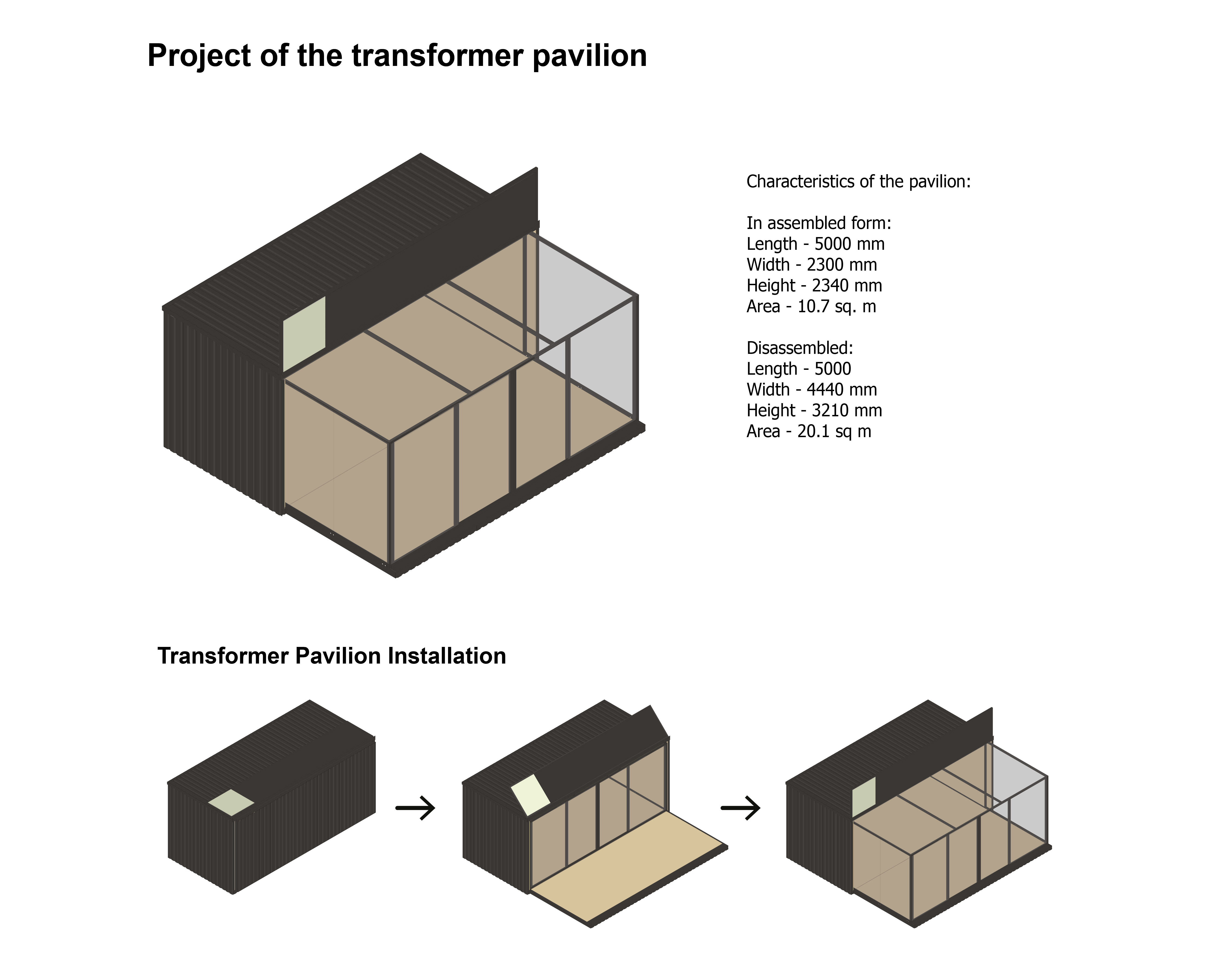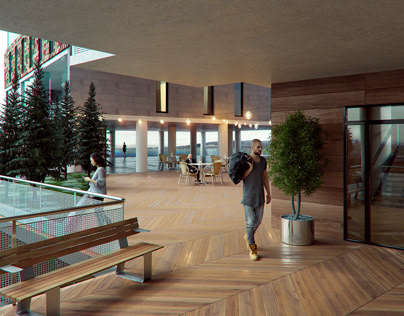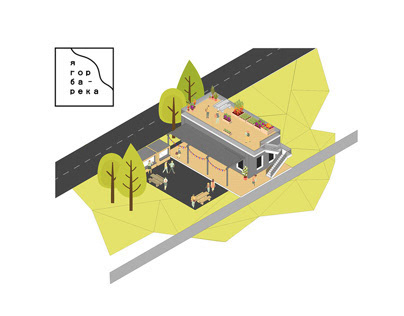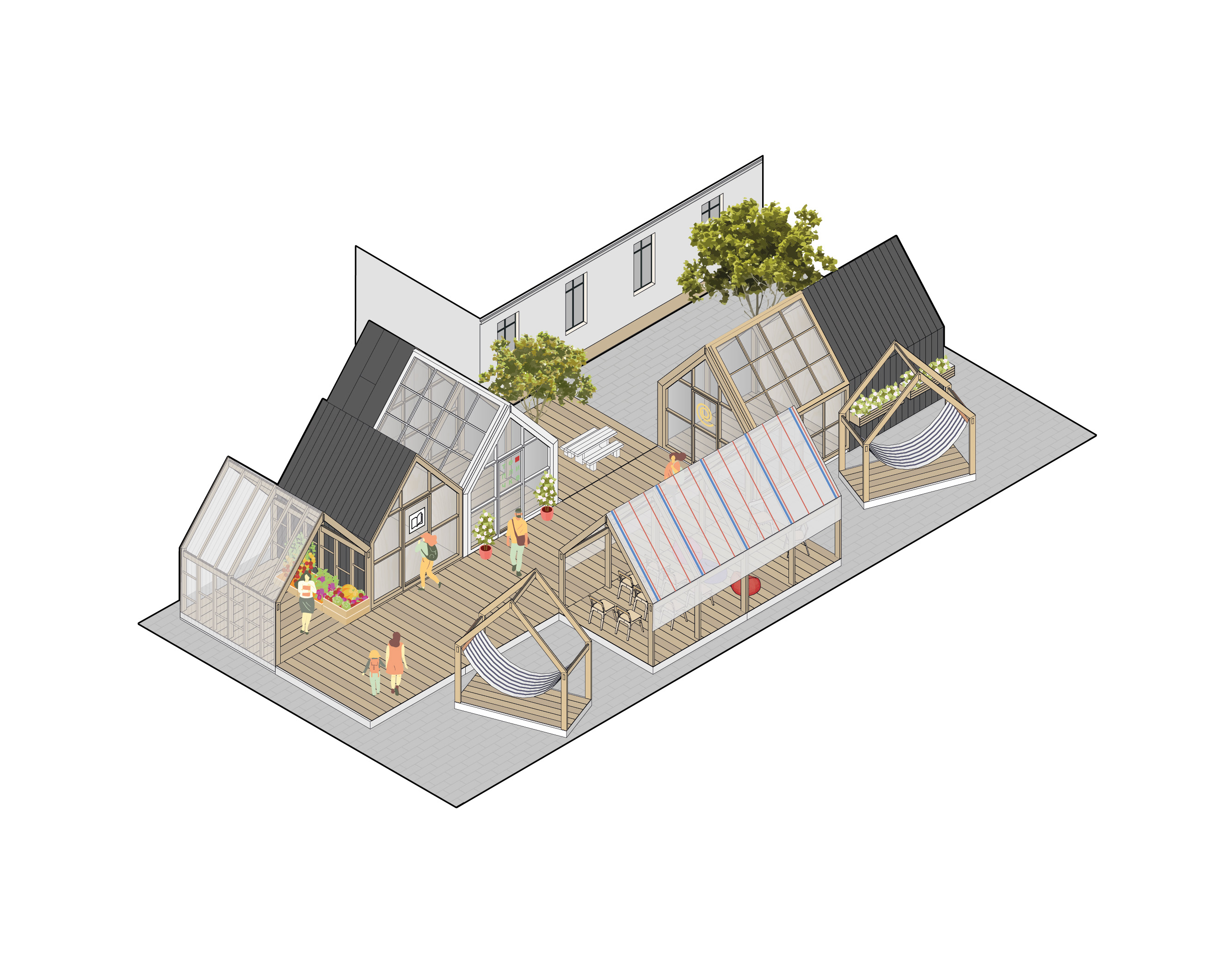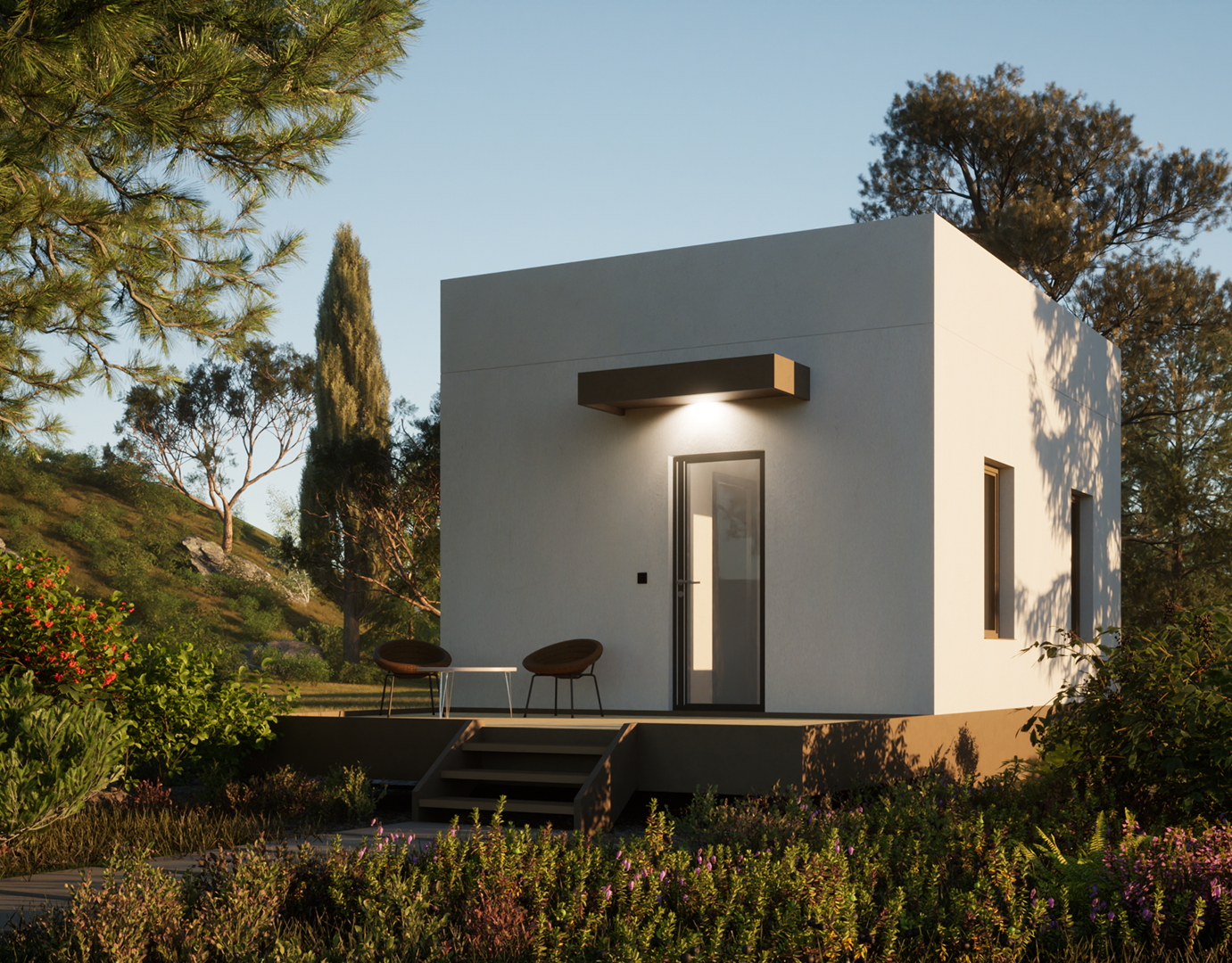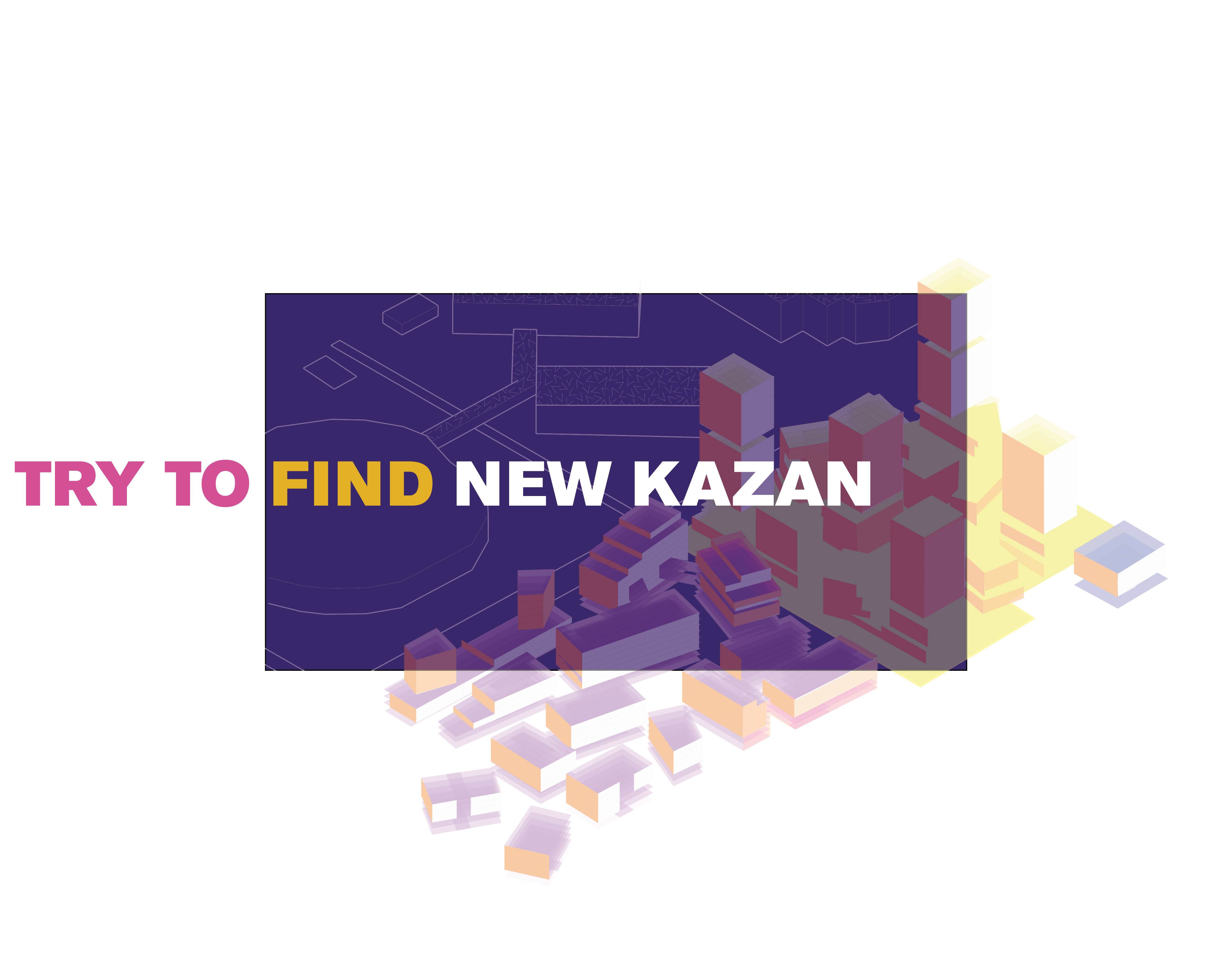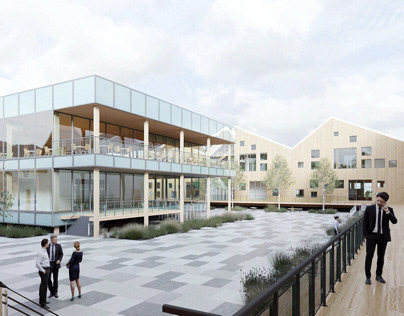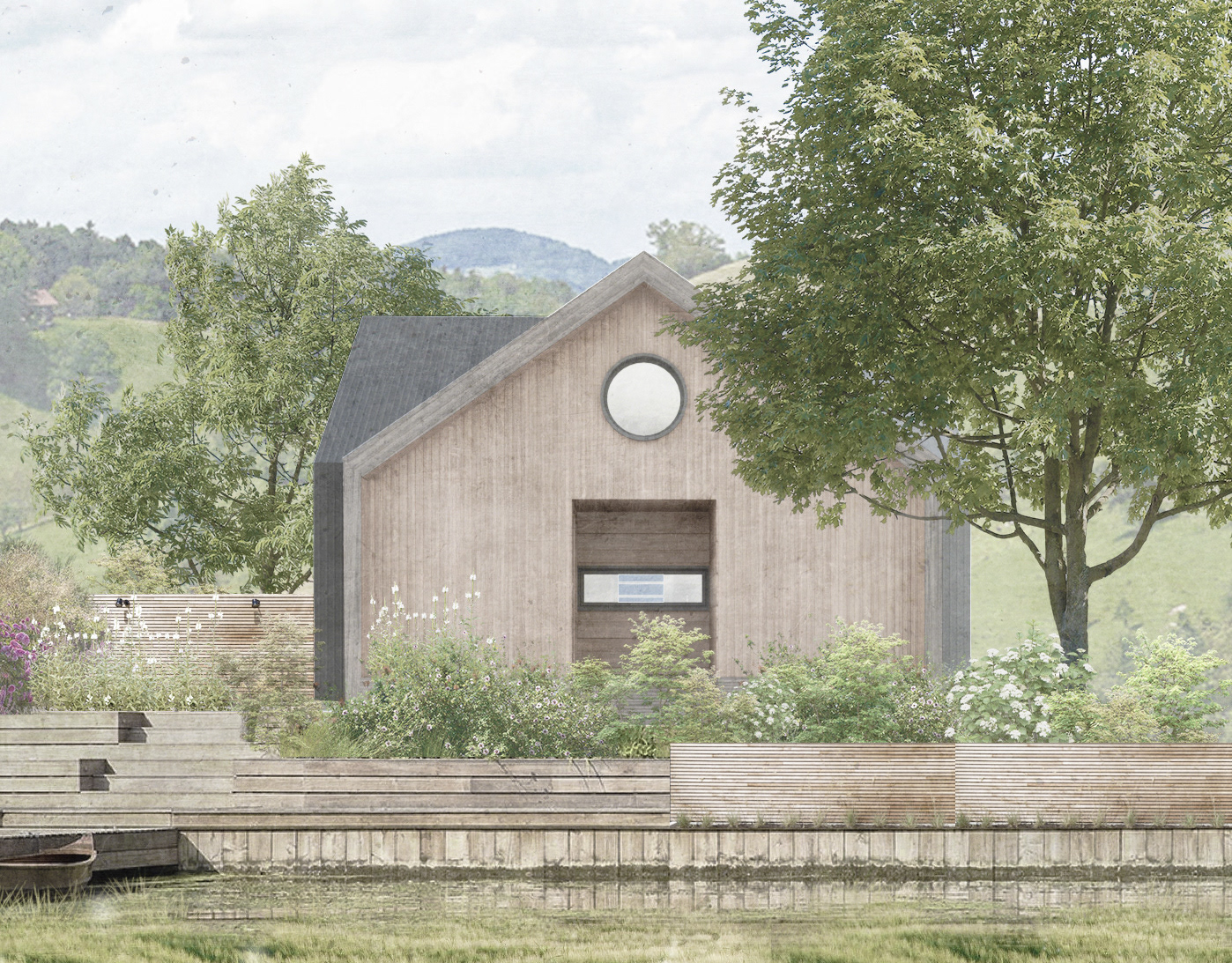The topic of RESEARCH: Scenario design of modular block housing for remote areas of Chukotka
Author: Artem Solovyov (M. Arch)
relevance: In post-Soviet Russia, the practice of remote architectural design has not yet developed, which would equally replace the past system of housing design in design institutes of large cities and the "binding" of these projects on the ground, and would be devoid of the disadvantages of this system associated with excessive unification and standardization of design solutions. Today, in regions far from cultural and educational centers, there is a complex project situation. On the one hand, local architectural organizations that do not have the necessary competencies. On the other hand, global architectural and construction companies that enter the market temporarily and do not consider in their practice local stereotypes and traditions and the authenticity of local architecture. The work examines in detail the theoretical foundations on which to build remote practice of architectural design, and provides a matrix of socio-architectural forms, methods, stages, architectural typology, urban planning and design solutions, the technology of delivery of materials and construction of residential education on the example of the settlement of the Chukchi AO, taking into account climate and ethno-cultural characteristics of the living environment prevailing at the proposed site.
The INITIAL PROBLEM OF THE STUDY: the design of housing in remote and inaccessible areas with extreme climatic conditions and scarce local resources, challenging to make up for the lack of pre-project information-an actual, little-studied and specific scientific and professional problem. In such situations, as a rule: there is no local design and production base; there is no reliable statistical data for drawing up a portrait of the future inhabitant (about the needs, lifestyle); existing housing is created based on random prototypes and does not provide comfortable living in terms of taking into account the natural, climatic and cultural specifics of the local population; there is no method of remote design with the possibility of taking into account the traditional values of the local community.
CONTEXT of the PROBLEM DEVELOPMENT: the village of Lavrentiya in the Chukotka AD, where remoteness and extremity are organically combined.
OBJECT of RESEARCH: the housing of the Chukotka AD and settlement. Lavrentiya in unity with the factors that form it: natural and climatic, technological, socio-cultural and economical.
SUBJECT of RESEARCH: method of forming a home for remote and extreme conditions of the village of Lavrentiya and Chukotka AD, taking into account the factors affecting it.
OBJECTIVE: development and project testing of a method for creating a home for remote and extreme conditions that ensures the quality of authenticity and authenticity of the house and takes into account all the features of the modern economic, cultural and social context
TASKS:
- theoretical study of the role of the traditional component in the design of modern housing with the qualities of authenticity;
- identification of fundamental factors in the formation of a conventional Chukchi house;
- development and description of methods of design and production of habitation for the remote Chukotka region;
- creating a pilot housing project with consideration for the local context using an innovative design and production methodology developed by the author.
RESEARCH METHODS:
- study of theoretical sources on the factors of housing formation and the role of the concepts of "lifestyle", "authenticity", "tradition";
- remote survey of the local population; survey of experts who have experience of living in Chukotka and communicating with the local community;
- research of Internet sources about the life, culture, and environment of the village. Lavrentiya and Chukotka in General;
- study of artistic and documentary sources about the history, culture, economy, lifestyle of the local population, the housing of Chukotka and geographically close peoples;
- study of analogues of housing construction on the example of analogues of the North of Alaska, Nova Scotia (Canada);
- socio-economic and demographic modelling of the structure of households in the village. Lavrentiya, Chukotka;
- project modelling of housing.
RESULTS OF THE PROJECT STUDY:
- theoretical issues related to the concept of authenticity and relevance of this concept in the design of modern housing are studied and described;
- research has been conducted on the features of Chukchi culture, traditional Chukchi lifestyle and house; the characteristics of the demographic structure and economic situation of the population of Chukotka are studied;
- the housing situation of the Chukchi population, ongoing housing construction and housing stock are analysed;
- developed and tested a system that allows you to design remotely authentic housing that would meet the requirements of the traditional lifestyle of Chukotka aborigines;
- the core of the method is a system of "scenario remote design", which allows the resident to "assemble" their apartment from the proposed modules-blocks, thus allowing them to meet their own needs fully;
- based on the methods of the author of the methodology, European (for visitors) and authentic Northern housing models were developed, and a project proposal for the development of the territories of the village of Lavrentia was given;
- using remote design techniques, as well as developed models of European and Northern housing, you can design house in similar climatic conditions. Projects of such a plan would allow not only to develop extremely cold climate regions effectively but also to create a comfortable socio-cultural environment for local residents.

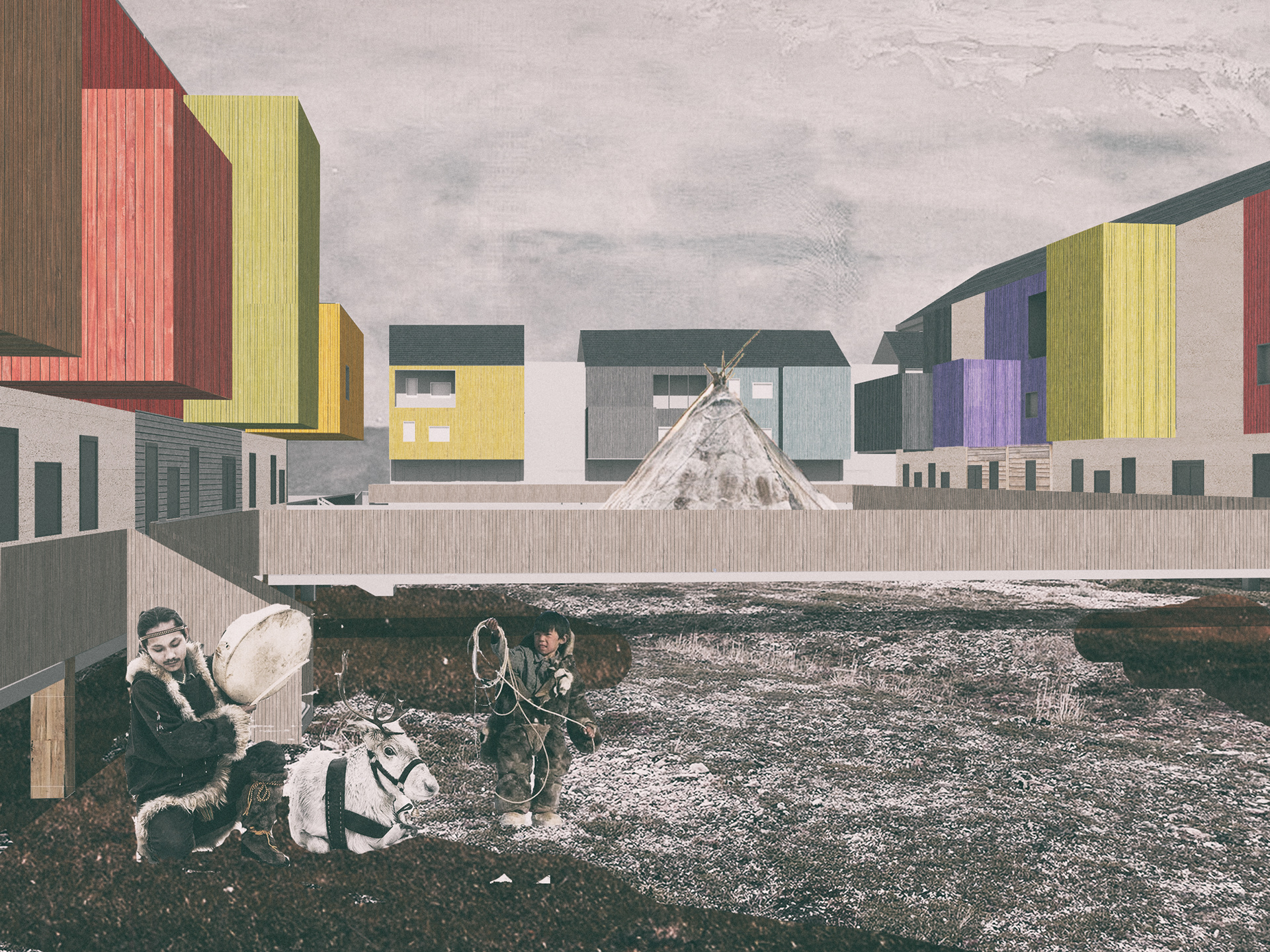
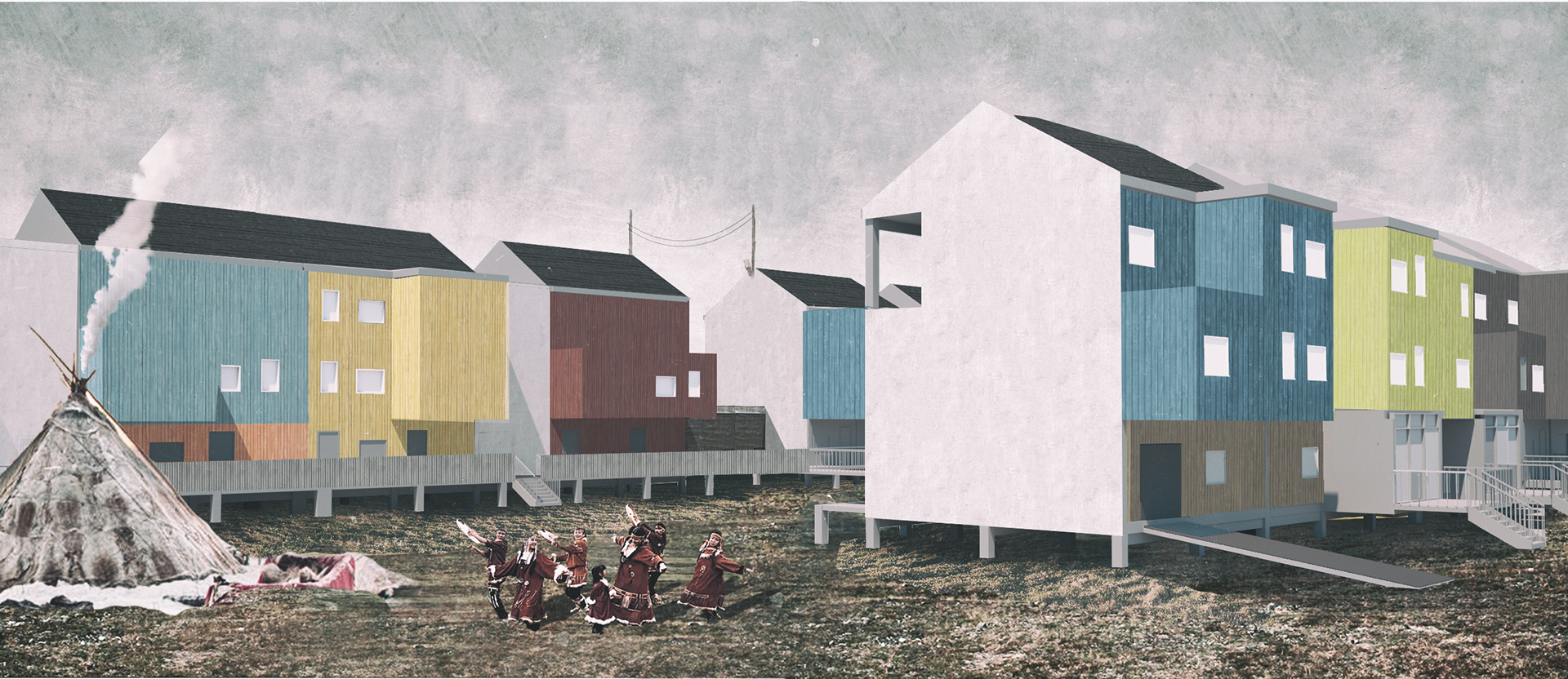
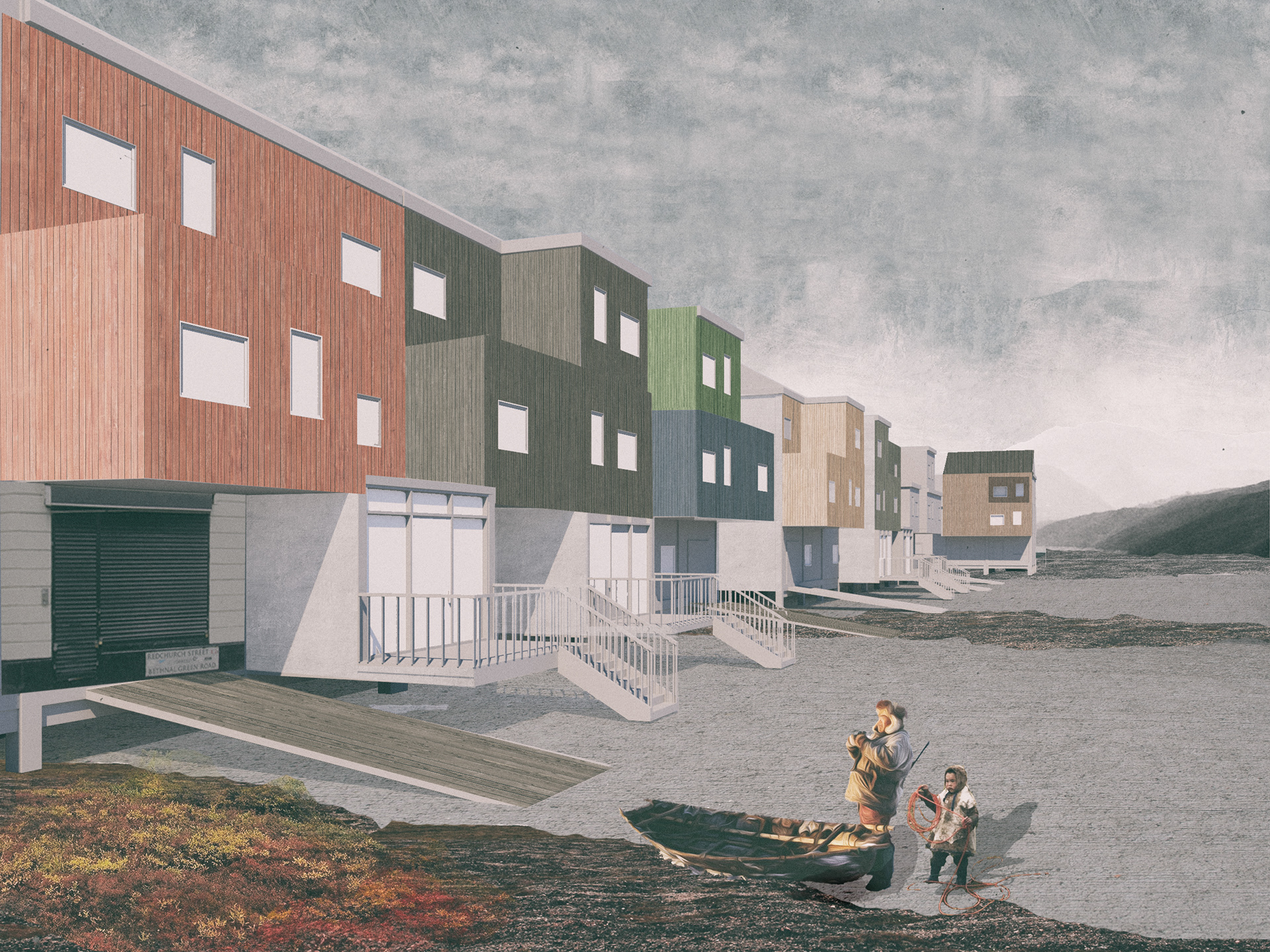
1st Chapter: "THEORY and PROBLEMS OF forming an AUTHENTIC HOME for REMOTE EXTREME CONDITIONS", such concepts as authenticity, authenticity, A. Rapoport's phenomenological theory, and" national " architecture are considered. As a methodological example, the study of the Inuit dwelling (Northern peoples of Canada) and the experience of its traditional use is considered. Based on the analysis of the cultural context of Chukotka, the traditional model of Chukotka housing was formed.
2nd Chapter: "CHUKOTKA as a CONTEXT for HOUSING DESIGN", we consider the place of design – Chukotka AO and, in particular, the village of Lavrentia with its natural, social, cultural, economic, and technological features
3rd Chapter: the METHOD of "REMOTE DESIGN using MODULAR-BLOCK TECHNOLOGY" reveals the essence of the concept of remote design for remote regions. As a tool for design, a scenario book is proposed, which is a guide to the operation of housing for the local population and includes instructions for the modernization of housing by the residents themselves using tools laid down by the architect or local construction base, using modular-block technology.
4th Chapter: "EXPERIMENTAL RESIDENTIAL EDUCATION IN the village of LAVRENTIA", specific design solutions are revealed in the context of Chukotka, taking into account the demographic, climatic and cultural characteristics of this region. The Chapter demonstrates the developed types of apartments, courtyards and blocks, describes the volume-design solutions, delivery and assembly, operation, upgrade and repair of housing, describes the prospects for the possible development of residential education by the abodes without the participation of the architect.
